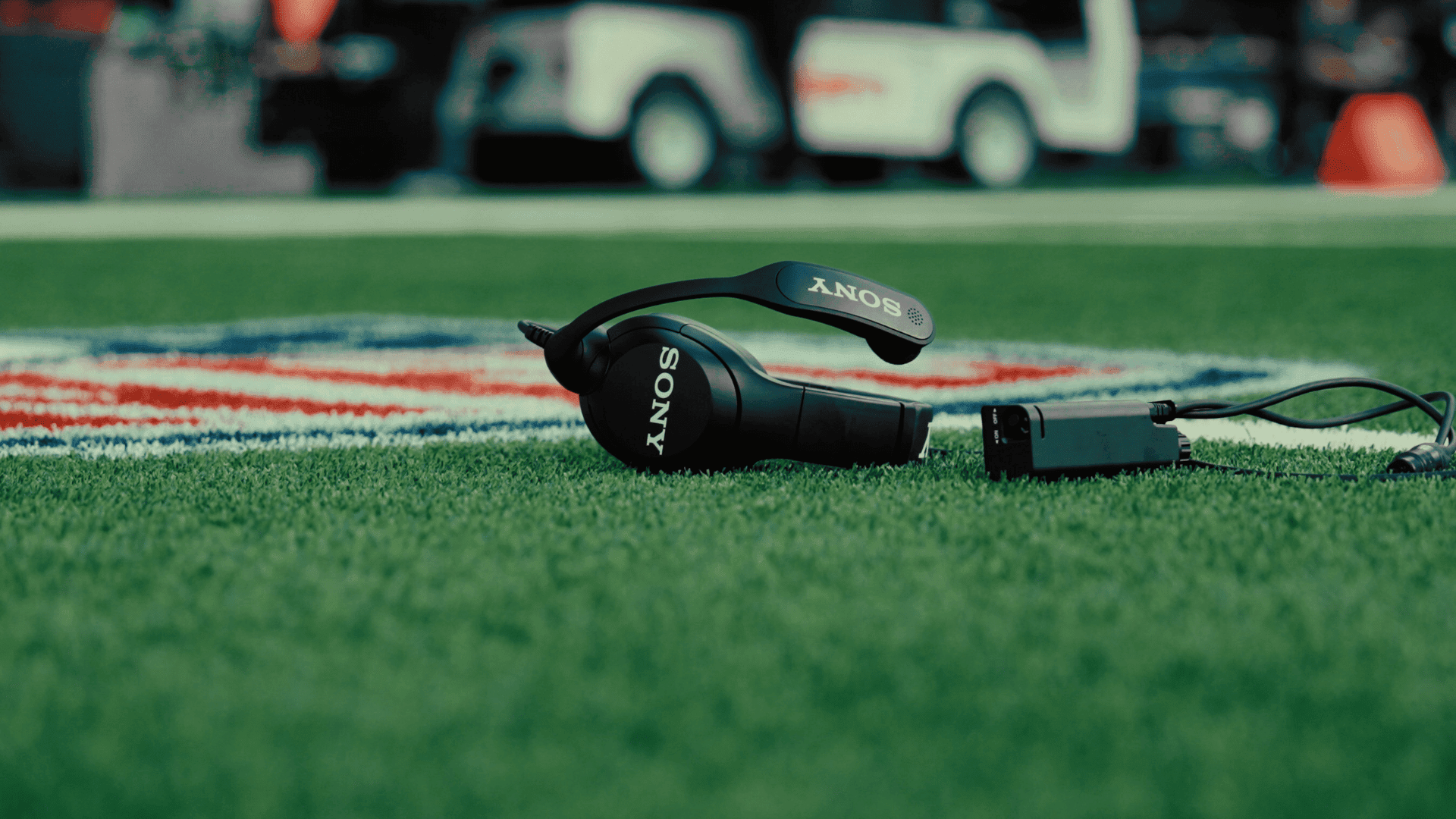While many winter sports are modern inventions, ice skating is not among them. There is evidence that suggests some form of the hobby has been around since 1000 BC. Granted, this was a more primitive version with bones being strapped to boots, but the concept is a long-standing tradition. And as society evolved, so did the method behind making ice skates. We’ve come a long way from elk and reindeer ribs, even if the basic design of the skate remains the same. Or so you’d think.
How the skate is made, including its shape and what materials are used, depends on what the skate is used for. There are three primary types: speed skates, figure skates, and hockey skates. Speed skates have a straight blade reinforced with hollow tubing and are made from thin leather. Hockey skates also feature the tubing, but the boot is reinforced with leather and plastic to protect the player’s foot. Figure skates differ the most, as the blade is designed for spinning with toe picks for landing jumps. The boot is also the largest of the three, going well up to the wearer’s ankle.
Regardless of design, skates all feature the same basic raw materials. Leather is purchased from an outside vendor and inspected by the manufacturer. Fun fact: the most popular leather for skates is actually from kangaroos. The leather (or nylon, in some cases) is treated to become water-resistant. The blade is typically made from steel, with some manufacturers adding titanium for extra reinforcement. The steel is tempered and covered in chrome. Like the leather, the blades are outsourced and sent to the manufacturer in a variety of sizes for different size skates.

Once the materials are gathered, it’s time to begin production. There are currently no guidelines regarding how skates need to be made, either by the Olympic Committee or the U.S. Ice Skating Federation. Still, any good manufacturer will listen to professionals and their coaches for suggestions and complaints. They might suggest the boot needs a higher ankle, for example. Good thing the first step is typically cutting the different boot segments out of the leather or nylon. A cutting machine creates eight parts, four each for the boot upper and the boot lining. Another machine oversees the heel, tongue, reinforcements, and sole. A third punches in the order number and eyelet holes. Finally, an industrial sewing machine joins the parts together.
The sewing machines, unlike the printers and punchers, are manually operated with control panels. (Some still use foot pedals.) The lining pieces are joined together, as are the upper pieces. A stiffening material is inserted from the heel to the ball of the boot to reinforce the area around the ankle. This is typically done using plastic or more leather. The skate, now beginning to resemble itself, has any excess stitching cut. While still partially constructed, it undergoes a process called mulling to make it more pliable. This is done by exposing the leather to heat and moisture.

The skate’s boot is shaped through a last. This is a mold of a foot corresponding to whatever shoe size the finished skate will be. Depending on the manufacturer, there may be as many as 159 different sizes and widths, with about two-thirds of that number for women’s skates alone. The disparity is due to a larger number of female skaters than males. Women also tend to be more particular about fit. If you visit a shoe store, you’ll notice the same range in sizes there. And being picky is somewhat justified in this case. Given that skates are fitted with metal, a good fit is key to not getting hurt.
Once the boot is set, the finish from the bottom is removed via an electric grinder. This might seem counterintuitive, but it’s for the sole. The grinding leaves a crevice that is filled with a spring-steel arch support shank. This is for the blade. A rubber or leather sole is also attached using rubber cement. The heel is also attached during this step, using layers of leather or fiberboard.

Finally, the blade- the most important part of the skate. An employee eyes the placement of the blade, which should leave an equal amount of boot exposed at both the toes and heel. A high-speed drill screws the blade in place. Only a few screws are inserted during manufacturing, however. The rest are packaged with the finish skate for the wearer to remove or add to get the perfect fit. With the blade attached, the skate is polished, given laces, and packaged for retail sale.
Making an ice skate, while similar to making shoes, is far more particular and exact. Due to the nature of the blade and the sport, everything must be constructed to exact measurements. Even if there are no guidelines in place, skate companies strive to make the best product they can. It really makes you appreciate just how much goes into your skates when you bundle up and land that perfect triple axel.

Learn more about the World of Production, and discover how sweaters, artificial trees, and game controllers are made.







